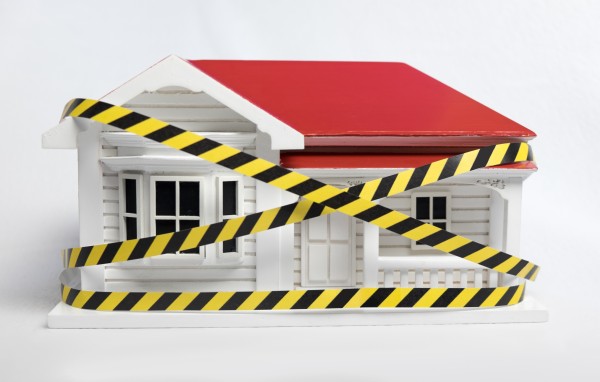Summary
Why don’t we regulate or enforce safety for rental housing when the evidence points to cost-effective interventions? We unpack the narrative around home injury and find progress in addressing safety via rental housing regulations is stymied, in part, by institutional arrangements that favour the framing of home injury as a product of individual behaviour and culpability rather than environmental risk. Regulations that do exist, remain ineffectively enforced.
The home can be a site of multiple hazards leading to the risk of falls, burns, and puncture wounds, with half of unintentional injuries resulting in death occurring in the home1. Lower-income households are more likely to be injured2,3, in part because of greater injury hazards in rental housing4,5. There were nearly 400,000 fall injuries in the home in Aotearoa New Zealand in 20226, with Māori also more likely to be injured7.
Injury in the home is common and is a risk borne unequally at a high cost. It is also a problem with clear and cost-effective solutions. When homeowners had their houses modified with the installation of handrails on stairs; grab rails for bathrooms; outside lighting; edging for outside stairs; and slip-resistant surfacing for decks, injuries fell by 39% 8, with a higher benefit for Māori households9.
Despite a sound evidence base, especially for the prevention of falls, the safety of rental housing has not been systematically regulated with health and safety requirements dispersed across multiple acts and regulations. Consequently, existing provisions regulating injury hazards are not always appropriately applied. For instance, the NZ Housing Improvement Regulations (1947) make requirements for a handrail on stairs that have been constructed to allow ‘safe access from one level to another’, as well as adequate lighting. However, in the Tribunal hearing, Sutherland v Thistle Trust10, a tenant brought an injury and safety complaint against a landlord, but the adjudicator would not enforce relevant provisions in the regulations as they were not explicitly identified by the tenant. While this creates an undue burden on a tenant to know the law in a tribunal with no lawyers, it also illustrates the need for a comprehensive set of housing standards that bring together diffuse regulations into one commonly known piece of legislation.
While the Accident Compensation Corporation has provided a timely and potentially more equitable approach to settling injury claims through a no-fault universal insurance scheme, the removal of culpability may create a moral hazard and some perverse incentives by removing some of the impetus for landlords to act on injury hazards in the home, especially those that are unregulated or subject to ineffectually enforced laws. Culpability, a characteristic of the framing of an issue associated with conditions more favourable to regulation11, is removed from injury in rental housing under the ACC scheme.
Our findings suggest progress on safe rental housing is hindered by the lack of uptake of the recent strong evidence base on injury prevention especially in the area of falls; the absence of a coordinated and intentional ‘coalition of advocates’ working together on macro approaches to injury prevention; and the difficult balance of co-benefits and trade-offs in injury prevention home modifications. Most importantly, institutional arrangements have framed individual behaviour as the cause of injury in the home, leading to a prioritisation of education and awareness-raising over-regulation. This focus on individual responsibility for avoiding injury is problematic as it implies those injured have been careless and omits any structural or systemic cause.
Conclusion
To address these barriers, injury prevention must incorporate the social and economic determinants that lead to injury, giving attention to ‘the nature of society that leads to, and tolerates, stark inequalities in conditions of daily life; and inequities in power, money and resources that give rise to these inequalities in conditions in which people are born, grow, live, work and age’12. Effective regulation and enforcement are a means to address the inherent power inequities in the rental sector between owner and occupier, which can influence the presence of harmful housing environments, including injury hazards. Injury risk posed by housing remains a challenge for NZ, and the many other countries that share incomplete, fragmented, outdated, and problematically enforced housing standards.
What’s new in this briefing?
- The regulation of injury in the home is piecemeal, incomplete and ineffectively enforced.
- Interventions to address home injury have favoured education and awareness raising, framing home injury as an individualised event.
Implications for public health
- Effective regulation and enforcement would help reduce home injury in NZ
- We need to address the social and economic determinants of home injury, as we address the social and economic determinants of health.
Author details
Dr Sarah Bierre, Professor Michael Keall, Professor Philippa Howden-Chapman

